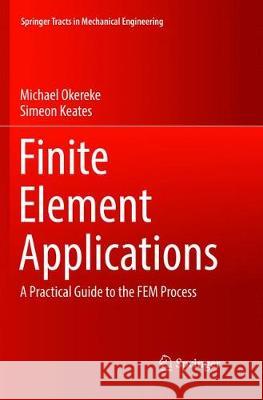Finite Element Applications: A Practical Guide to the Fem Process » książka
topmenu
Finite Element Applications: A Practical Guide to the Fem Process
ISBN-13: 9783319883823 / Angielski / Miękka / 2019 / 472 str.
Kategorie:
Kategorie BISAC:
Wydawca:
Springer
Seria wydawnicza:
Język:
Angielski
ISBN-13:
9783319883823
Rok wydania:
2019
Wydanie:
Softcover Repri
Ilość stron:
472
Waga:
0.68 kg
Wymiary:
23.37 x 19.56 x 1.78
Oprawa:
Miękka
Wolumenów:
01











